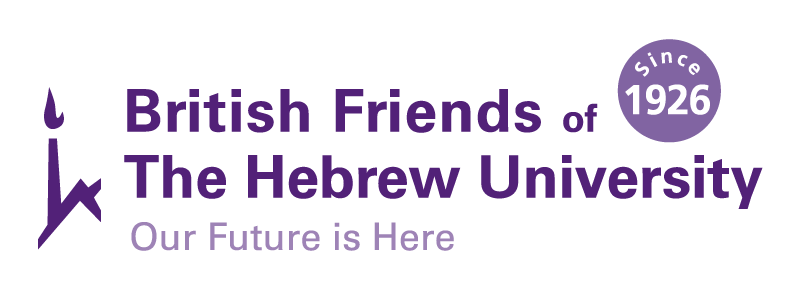
Prenatal Exposure to Phthalates Linked to Emotional and Behavioural Development in Young Children
A new study by researchers from the Braun School of Public Health and the Department of Psychology at the Hebrew University of Jerusalem has shed light on the potential consequences of prenatal exposure to phthalates on the emotional and behavioural development of young children. The study investigates the associations between intrauterine exposure to phthalates and developmental outcomes in toddlers aged 24 months and found that high levels of maternal DEHP metabolites, measured during the first trimester of pregnancy, were linked to emotional and behavioural developmental issues in boys at 24 months of age. The research adds to growing concerns about DEHP as a potential harmful chemical, highlighting the need for increased environmental awareness.
Endocrine disrupting chemicals (EDCs), such as phthalates, are commonly found in various everyday products and have been subjects of growing concern due to their potential adverse effects on human health. The study’s findings underscore the importance of understanding the implications of exposure to these chemicals during pregnancy.
The primary aim of the research was to uncover potential associations between phthalate metabolite levels and emotional/behavioural development in toddlers. The study involved recruiting pregnant women between 11 and 18 weeks of gestation, analysing their spot urine samples for phthalate metabolites such as DEHP, DiNP, and MBzBP. The developmental and behavioural progress of the offspring was assessed at 24 months of age using well-established maternal report measures including CBCL, ASQ-3, and HOME questionnaires. The study included a cohort of 158 participants.
The results of the study revealed noteworthy gender-specific associations. Specifically, the study found that maternal exposure to Di-(2-ethylhexyl) phthalate (DEHP) during the first trimester was correlated with emotional/behavioural developmental outcomes in boys at the age of 24 months. Boys exposed to higher levels of DEHP displayed lower developmental scores in personal social abilities as measured by the ASQ-3 questionnaire. Moreover, these boys exhibited higher rates of internalizing problems, including emotionally reactive scores, anxious or depressed scores, and somatic complaints scores, as well as externalizing problems.
It’s important to note that no such differences were observed in the development and behaviour of girls exposed to varying levels of DEHP during pregnancy.
“These findings underscore the potential impact of maternal exposure to phthalates on children’s emotional and behavioural development, particularly among boys,” commented Liron Cohen-Eliraz, who conducted the study as part of her PhD dissertation under the supervision of Dr Tammy Piowsky-Peleg and Prof Ronit Calderon-Margalit. “Our study adds to the growing body of evidence highlighting the need for greater environmental awareness and action to minimize exposure to harmful chemicals during pregnancy. “This study’s results provide valuable insights into the potential risks associated with prenatal exposure to phthalates and emphasize the significance of advocating for a safer environment for expectant mothers and their developing children. Continued research in this field is crucial to further understand the long-term implications of endocrine disrupting chemicals on human health and development.
The study, titled “Prenatal Exposure to Phthalates and Emotional/Behavioral Development in Young Children,” has been published in NeuroToxicology and can be found at https://www.sciencedirect.com/science/article/pii/S0161813X2300102X
Research Team: Liron Cohen-Eliraz (a), Asher Ornoy (c), Eliana Ein-Mor (d), Moriah Bar-Nitsan (a), Tammy Pilowsky Peleg (a, b), Ronit Calderon-Margalit (d)
Institutions:
A-Psychology Department Hebrew University of Jerusalem, Jerusalem, Israel
B-The Neuropsychological Unit, Schneider Children’s Medical Center, Petah Tikva, Israel
C-Department of Medical Neurobiology Hebrew University of Jerusalem, Jerusalem, Israel
D-Braun School of Public Health, Hadassah Medical Center and the Faculty of Medicine, Hebrew University, Jerusalem, Israel
The Hebrew University of Jerusalem is Israel’s premier academic and research institution. With over 25,000 students from 90 countries, it is a hub for advancing scientific knowledge and holds a significant role in Israel’s civilian scientific research output, accounting for nearly 40% of it and has registered over 11,000 patents. The university’s faculty and alumni have earned eight Nobel Prizes and a Fields Medal, underscoring their contributions to ground-breaking discoveries. In the global arena, the Hebrew University ranks 86th according to the Shanghai Ranking. To learn more about the university’s academic programs, research initiatives, and achievements, visit the official website at http://new.huji.ac.il/en
